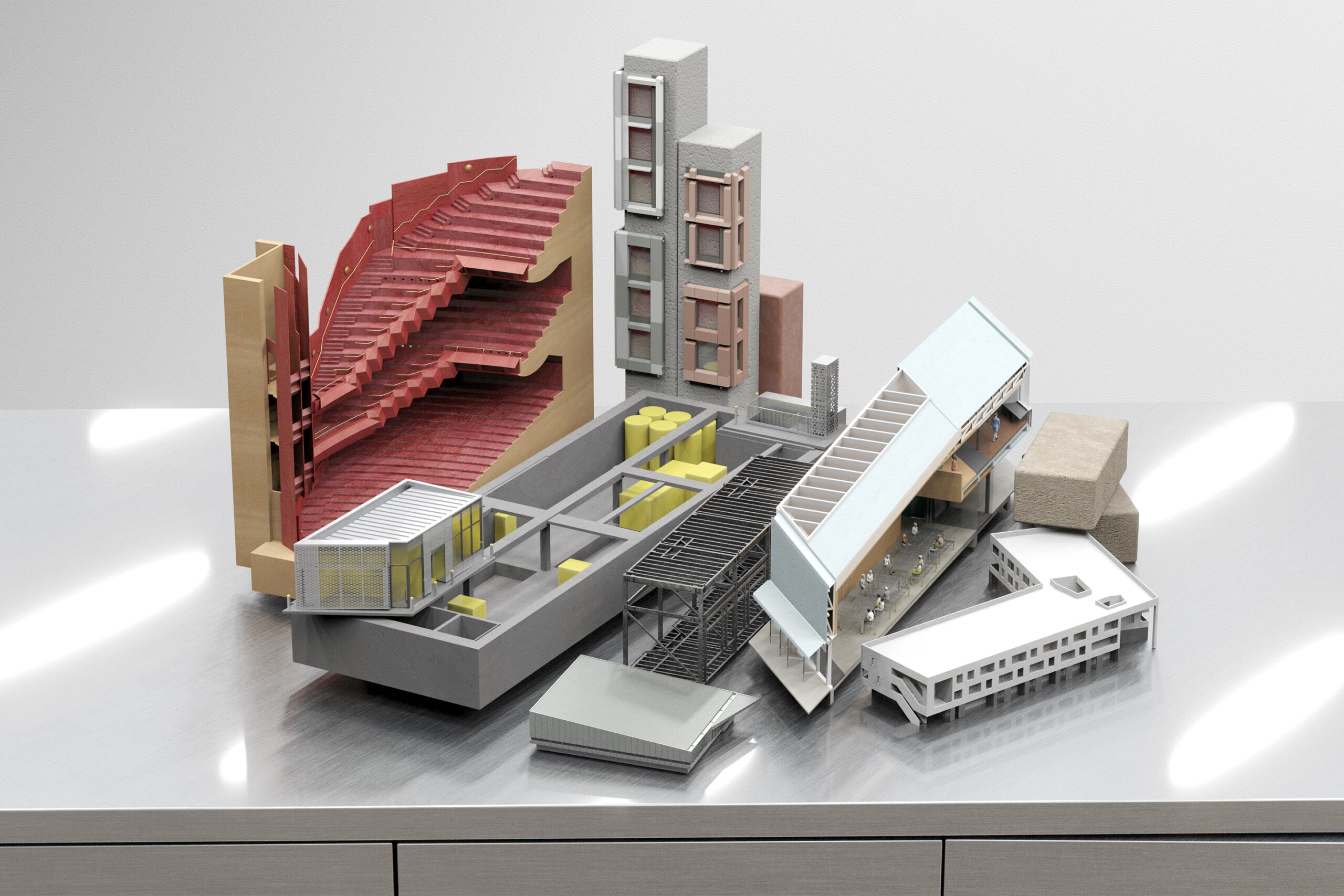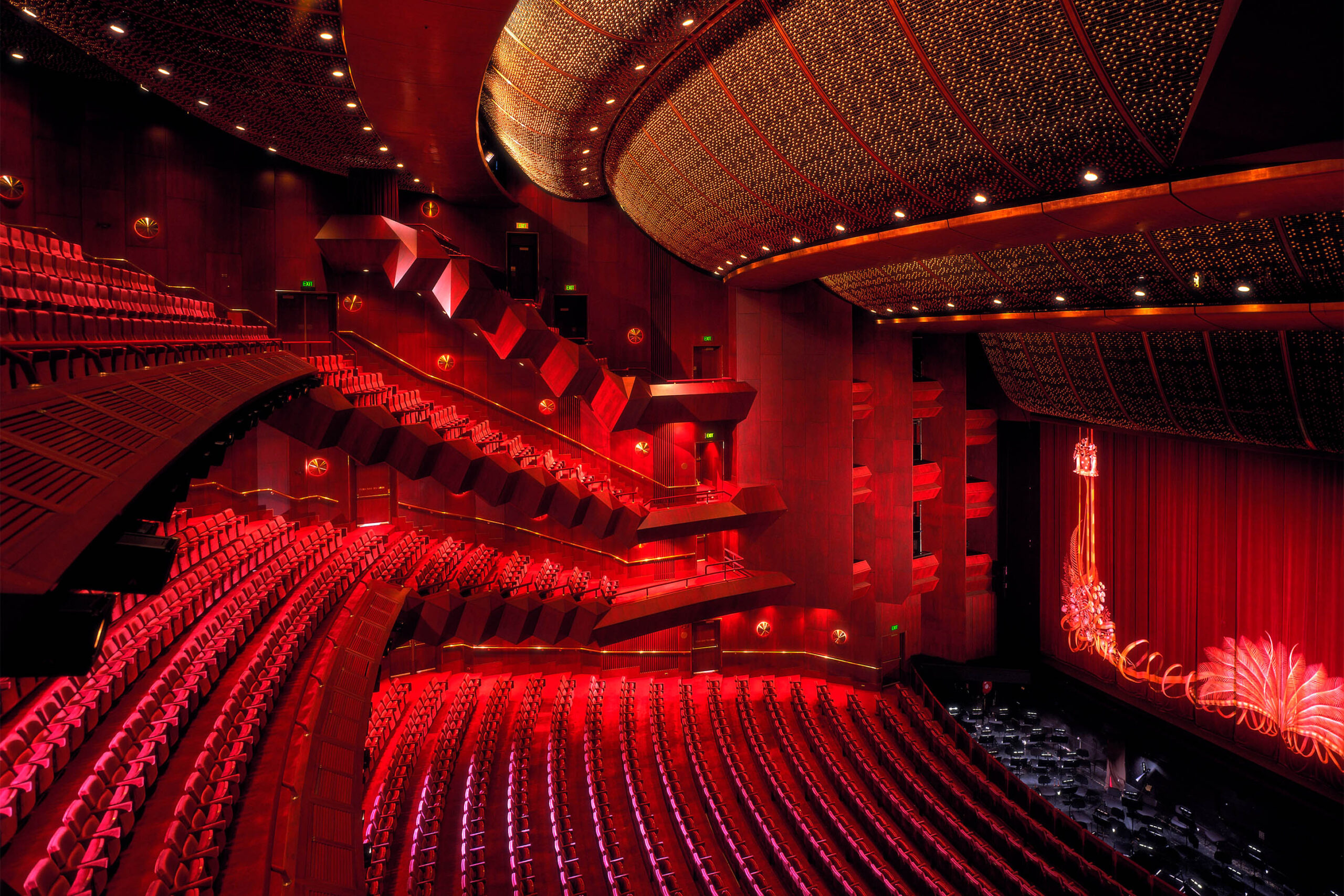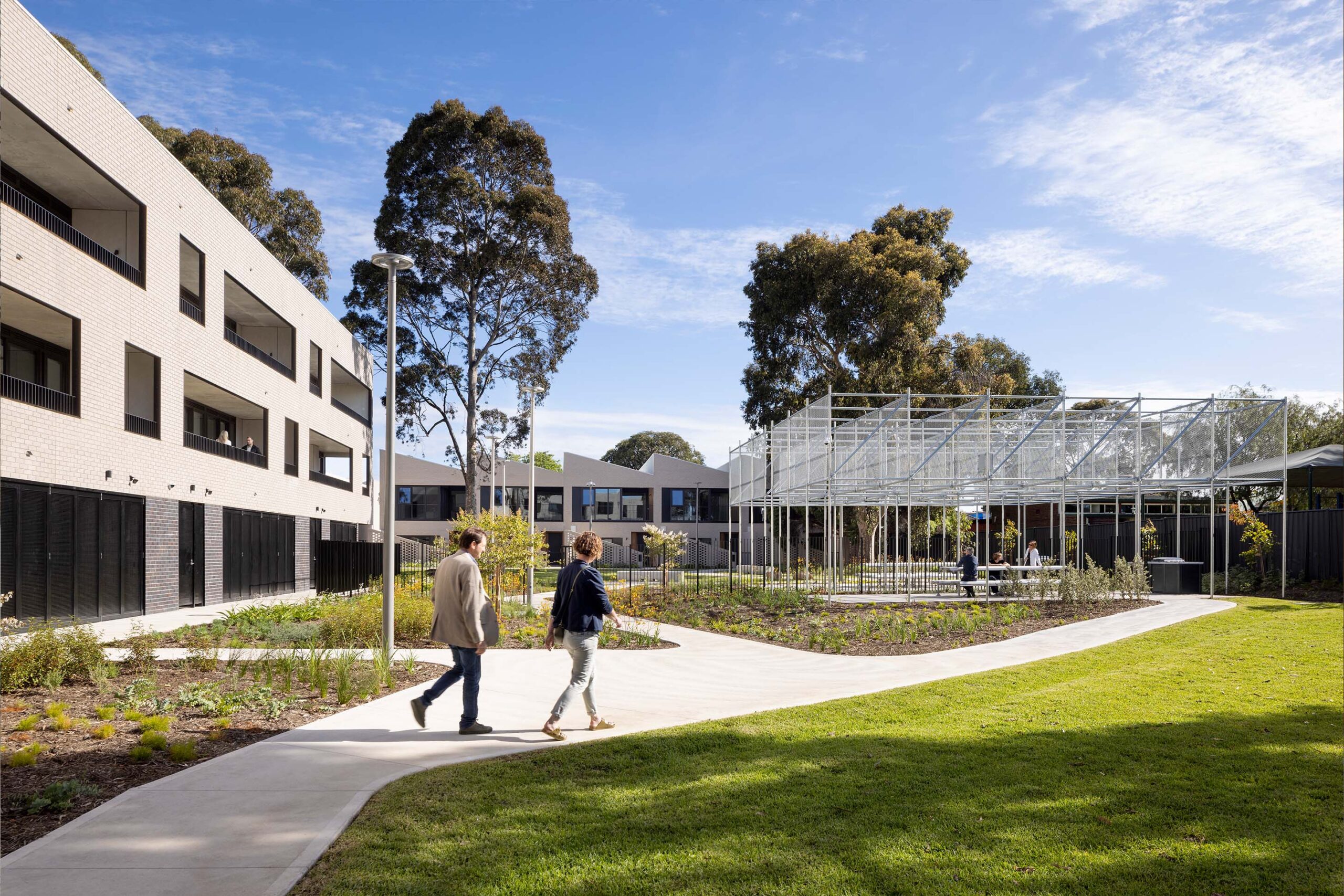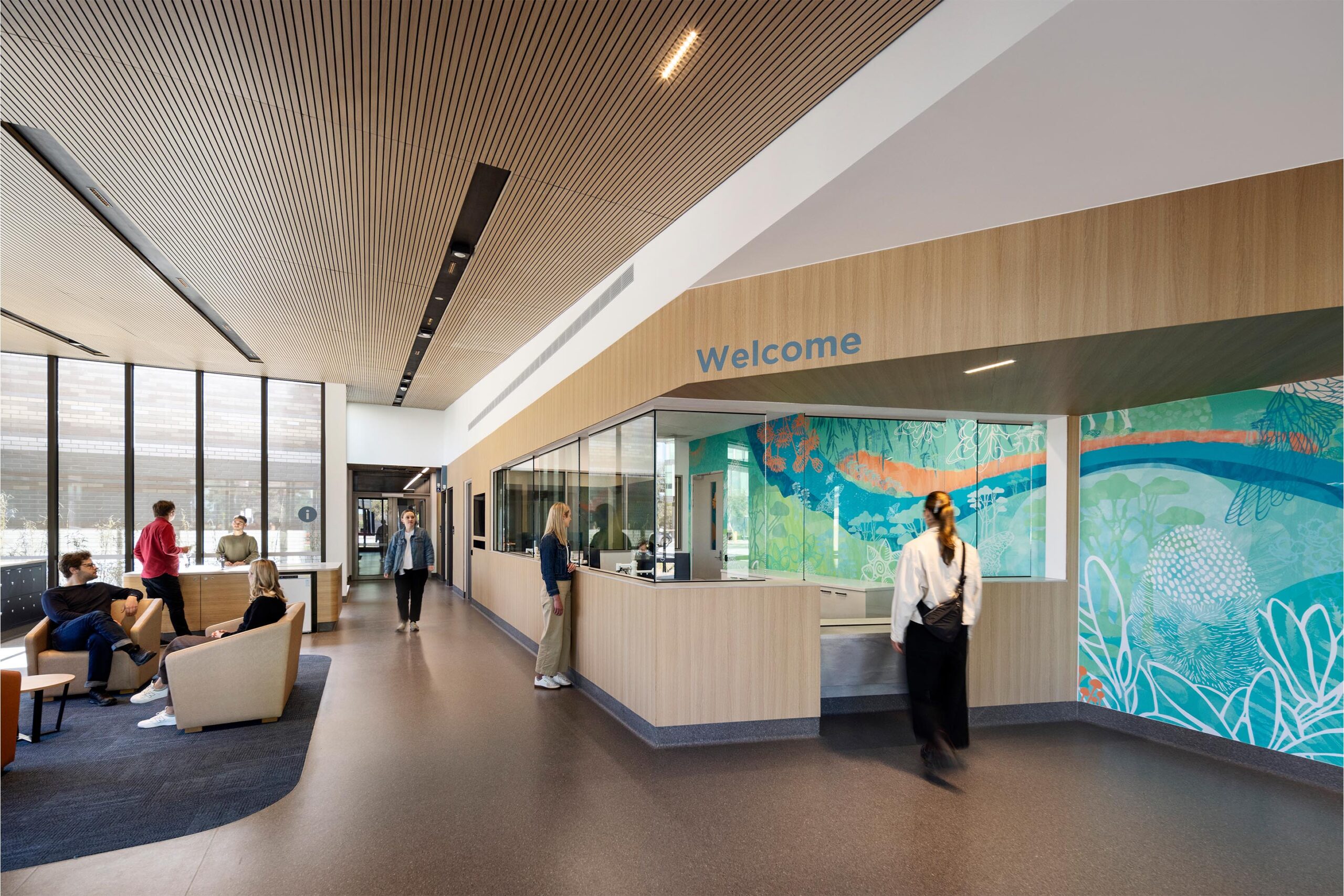
Nick Bourns shares our mental health design approach at the Royal College of Physicians in London
This week NH Director Nick Bourns was invited to speak alongside AECOM’s Technical director and health sector lead Codey Lyon at the highly anticipated 2024 annual European Healthcare Design Conference held at the Royal College of Physicians in London. The conference is an exciting opportunity to spark international conversation about how to better design healthcare settings and infrastructure.
This year the theme of the conference was Natural Intelligence: Creating self-learning health systems. Healthcare is rapidly evolving, the question for us as designers is: How do we create self-learning healthcare systems that are resilient, climate-smart, and promote well-being. Nick and Codey discussed ‘Designing for mental health – the second wave of de-institutionalisation’ and our collaboration on the three innovative Mental Health and Wellbeing Expansion Program projects located at Sunshine, Northern, and Royal Melbourne Hospitals.
These projects arose out of recommendations from the 2021 Royal Commission into Victoria’s Mental Health System (RCVMHS) to redesign the model of care and uplift acute public mental health bed capacity.
The project team used evidence-based design to translate new models of care into physical environments that embed salutogenic and biophilic principles. Delivered through a co-design partnership, we developed concepts through a collaborative co-design process alongside clinicians, nurses, stakeholders, and people with lived experience of mental illness. We continued this consultation throughout the course of the design, from early workshop sessions to inform the planning of the clinical and consumer spaces, through to testing 1:1 prototypes of the bedroom modules.
New models of care were translated into physical environments, with design concepts developed and tested through a co-design partnership with people who have lived experience of mental illness.
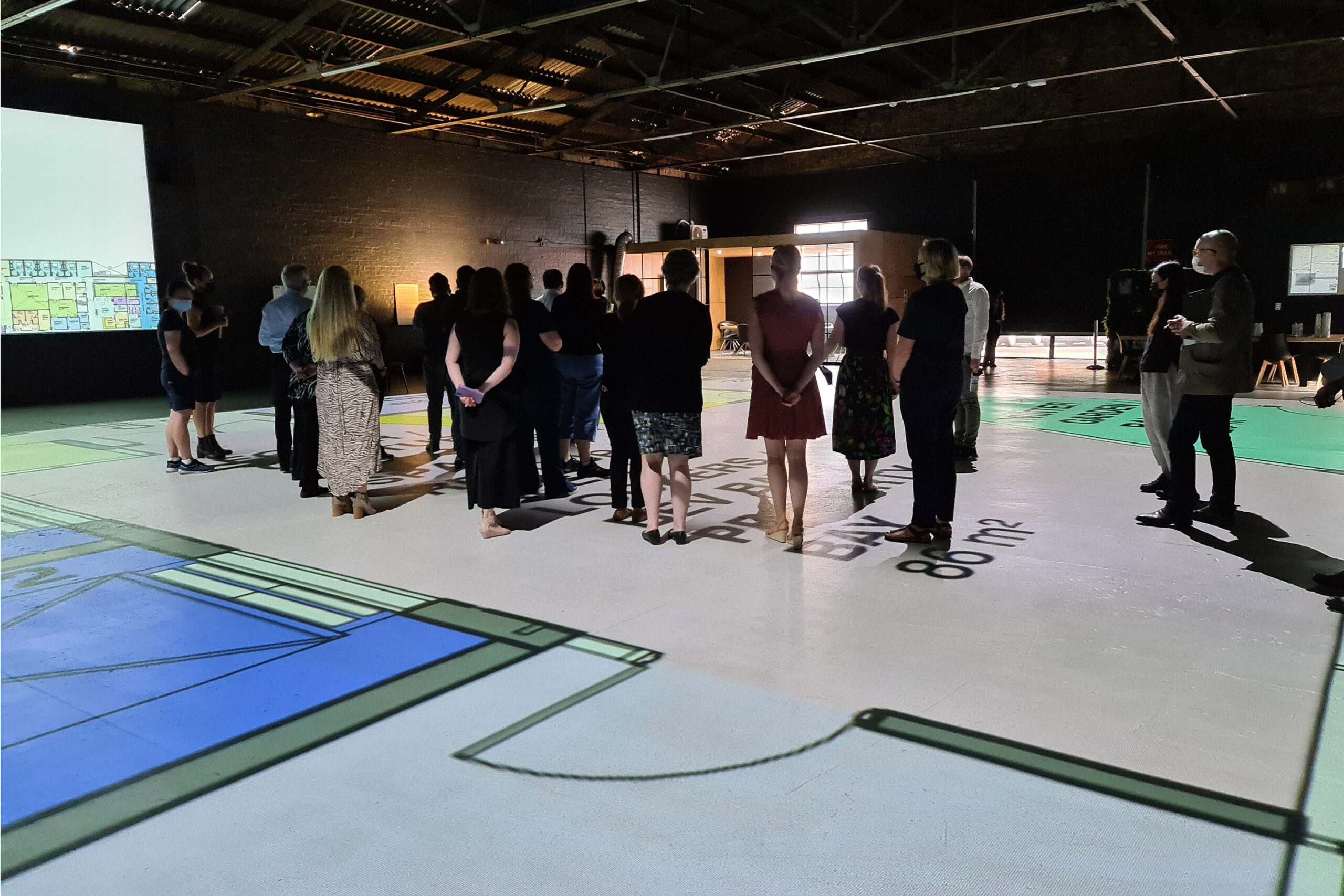
Key to each of the projects was the inversion of the traditional hospital plan to prioritising connections with the surrounding landscape and visual site lines clustering bedrooms and living spaces around large internal courtyards. This also eliminates the need for visible fencing, and seamlessly integrations our ‘indoor/outdoor’ lifestyle into the building. Throughout the projects we have implemented therapeutic interior design choices that directly respond to recommendations in the Royal Commission, restoring agency, autonomy, and a sense of independence to consumers over their wellbeing.
Whilst architecture alone cannot create systemic change, these projects demonstrate you can centre consumer wellbeing without compromising on the robustness required of mental healthcare settings and facilitate different interactions and healing.
These projects effectively inverted the traditional hospital plan, clustering bedrooms and living spaces around large internal courtyards. Image of Sunshine Mental Health Wellbeing Centre by Dianna Snape.
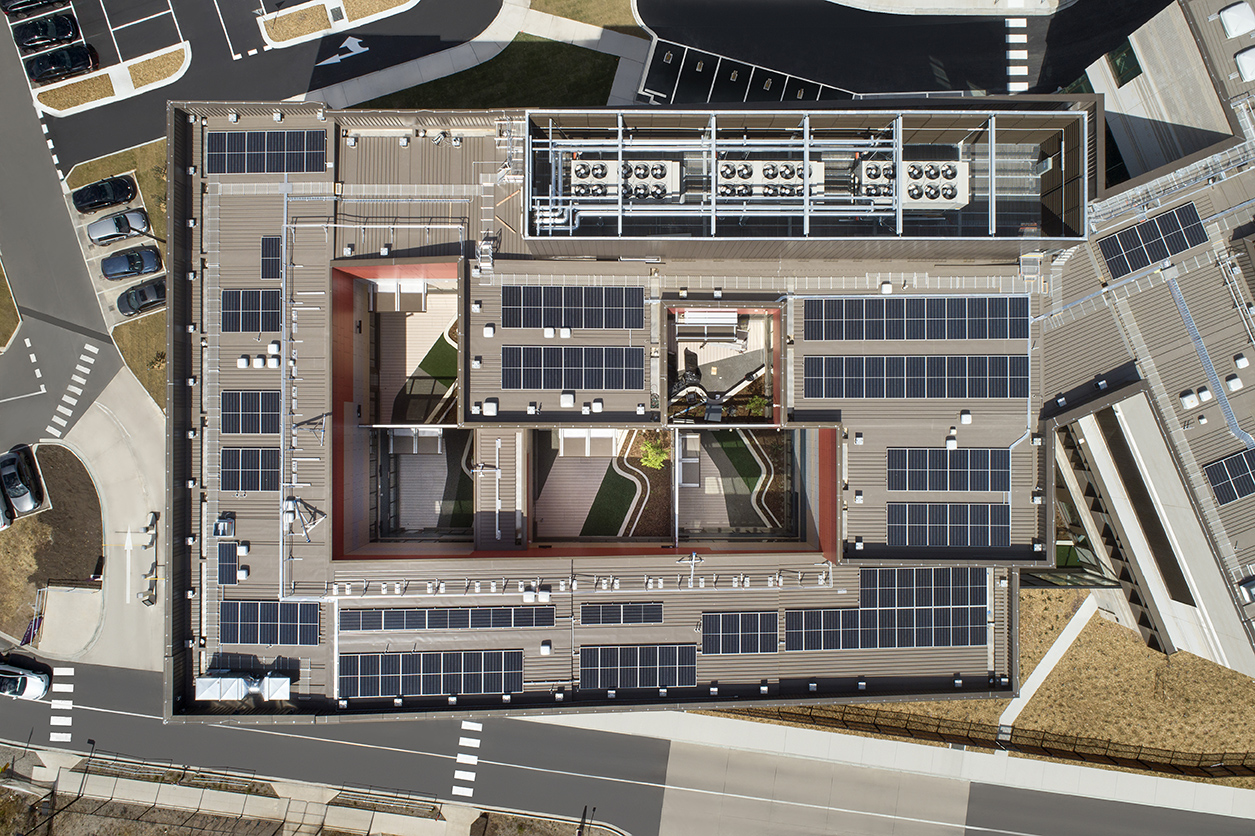
These projects represent the ‘second wave’ of deinstitutionalisation of healthcare settings in Victoria and we were proud to share these design innovations on an international stage, paving the way for future projects.
“It’s been a fantastic few days of project presentations from around the world”, Nick said from London. “From urban regeneration sites, gnarly infill projects to inspirational delivery models. Our topic – designing for mental health , the second wave of de-institutionalisation provided for a great depth of discussion. The project certainly sitting at the forefront in terms of thought leadership for co-design and responsive outcomes. Well done to the team and huge thank you to all the lived and living experience participants who generously provided the insights to make these outcomes possible.”


